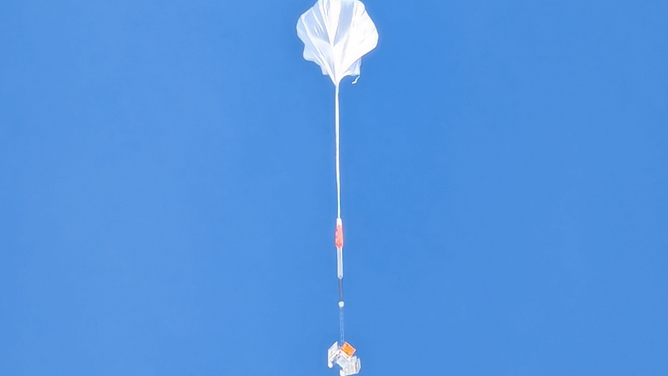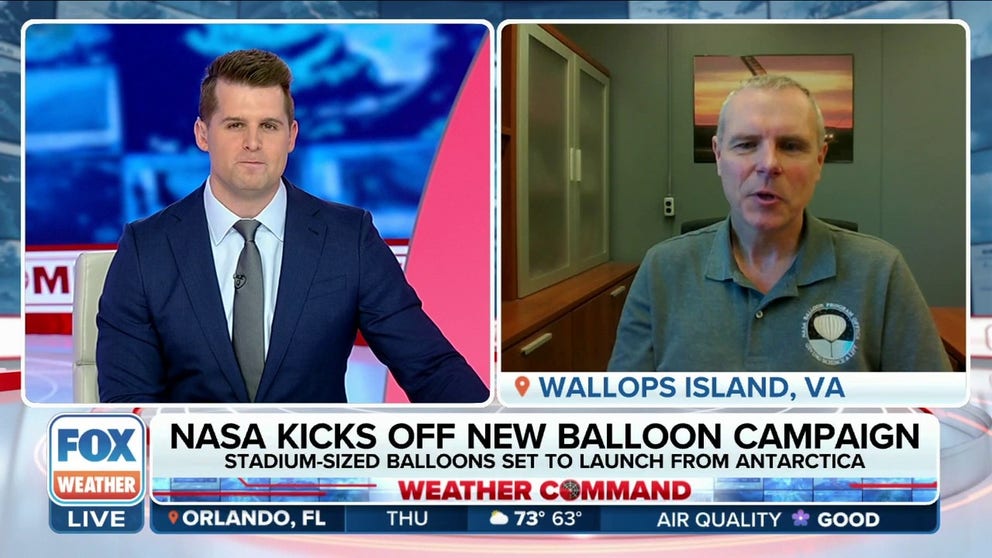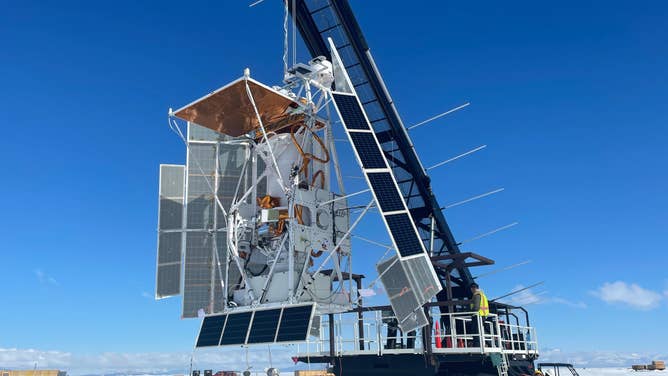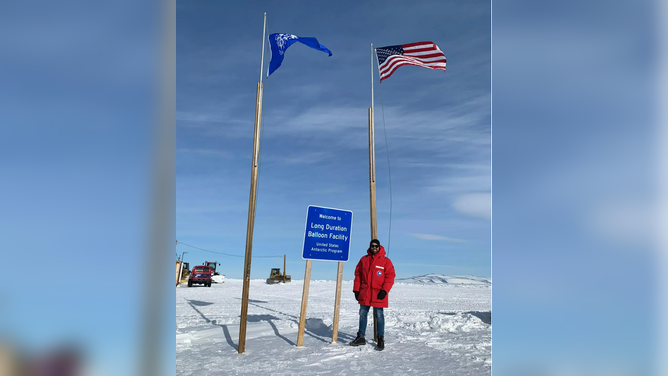NASA launches giant balloon from Antarctica to map out Milky Way
NASA employs the use of balloons to minimize costs and curtail the usage of resources. Balloon launch sites are located all around the globe but, for safety reasons, are located in low-population areas. Missions generally last a few months and fly in upper regions of the stratosphere.
NASA launches stadium-sized balloon from Antarctica for scientific research
NASA is employing long-duration balloons to carry out scientific experiments at around 117,000 feet above the ground. Some of these balloons are as large as sports stadiums, making them bigger than the Statue of Liberty. The question is, what exactly is being studied up there in the stratosphere? The Antarctic Long Duration Balloon Campaign began this month, and the first balloon was launched on Monday. Andrew Hamilton, the acting director of NASA's balloon program, is joining FOX Weather to discuss further.
NASA’s latest mission is up in the stratosphere as scientists worked on New Year’s Eve to launch a massive balloon-borne telescope tasked with helping to map out the Milky Way.
The Galactic/Extragalactic ULDB Spectroscopic Terahertz Observatory mission, commonly referred to as GUSTO, launched from the Antarctica ice sheet and reached a cruising altitude of more than 128,000 feet above Earth’s surface.
The telescope is tasked with helping scientists make a 3D map of the Milky Way and provide glimpses of what is known as interstellar medium – the material that makes up the space between stars.

Launch of NASA's GUSTO mission
(NASA)
"We basically have this radio system that we built that we can turn the knob and tune to the frequency of those lines," Chris Walker, an expert at the University of Arizona and principal investigator of GUSTO, stated. "And if we hear something, we know it’s them. We know it’s those atoms and molecules."
Of particular interest to scientists is the Large Magellanic Cloud (LMC), which acts as a dwarf galaxy of our Milky Way.
"By studying the LMC and comparing it to the Milky Way, we’ll be able to understand how galaxies evolve from the early universe until now," said Walker.
The space agency said it needed a high-altitude telescope to conduct the research because Earth’s surface simply has too much water vapor that interferes with visibility from ground-based systems.
GUSTO is expected to be airborne for at least 55 days as it floats in circles well above Antarctica.
"Missions will fly in circles around the South Pole for days or weeks at a time, which is really valuable to the science community," Andrew Hamilton, chief of the NASA Balloon Program Office, said in a statement. "The longer they have for observation, the more science they can get.
HOW A SUSPECTED CHINESE SPY BALLOON IS DIFFERENT THAN AMERICA’S CLASSIC WEATHER BALLOON
The GUSTO mission is the first balloon launch as part of NASA’s Explorer program, which is meant to provide a streamlined approach for space research.
NASA regularly employs balloons for a variety of missions and has more than half a dozen launch sites around the globe.
The GUSTO mission can be tracked on NASA’s real-time website: Columbia Scientific Balloon Facility map.

Long-duration balloon flight launch sites around the globe.
(NASA)



